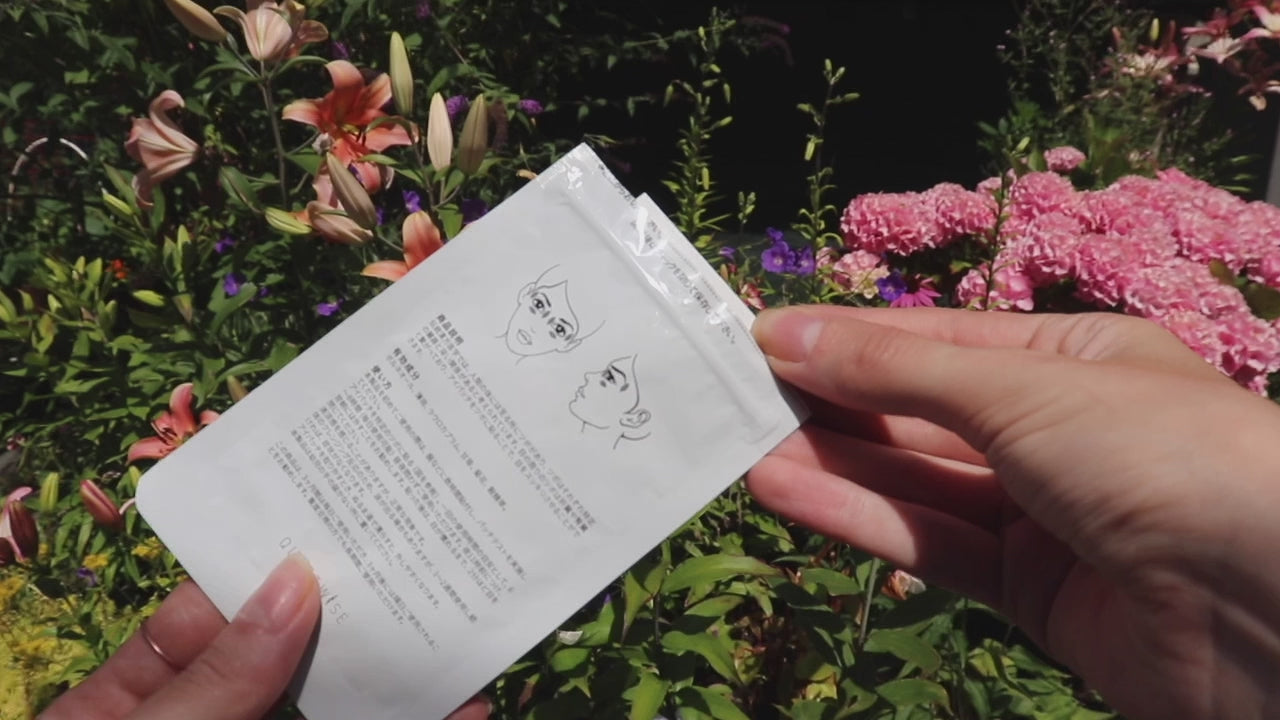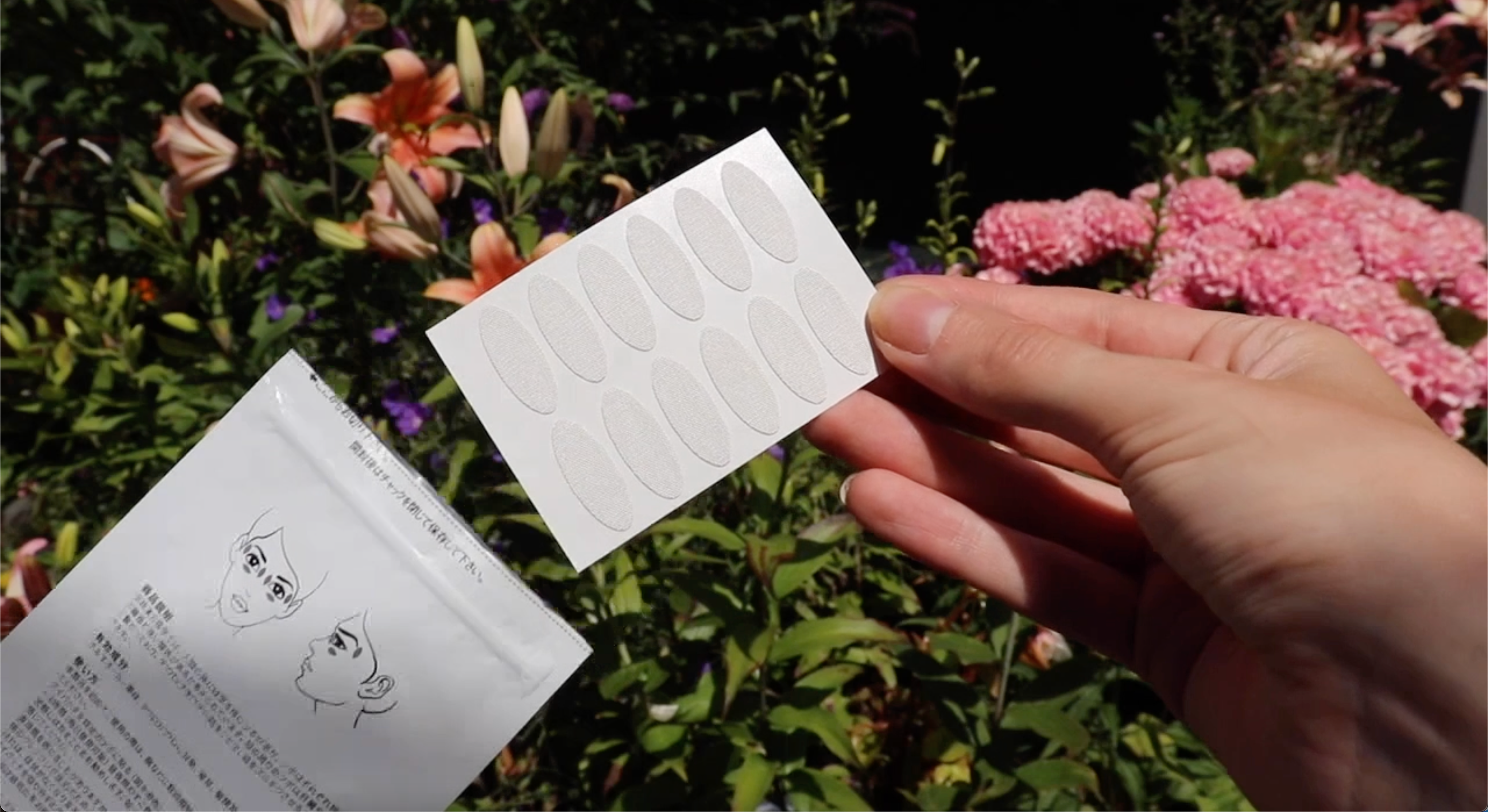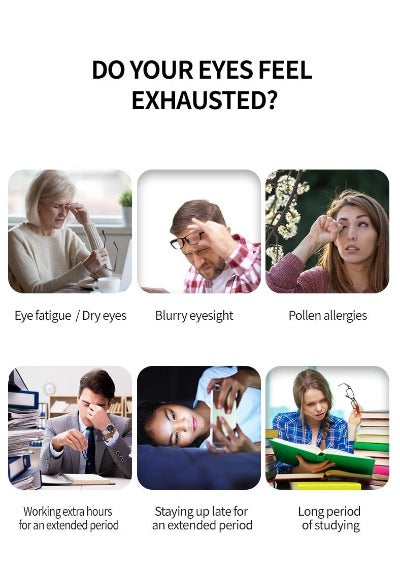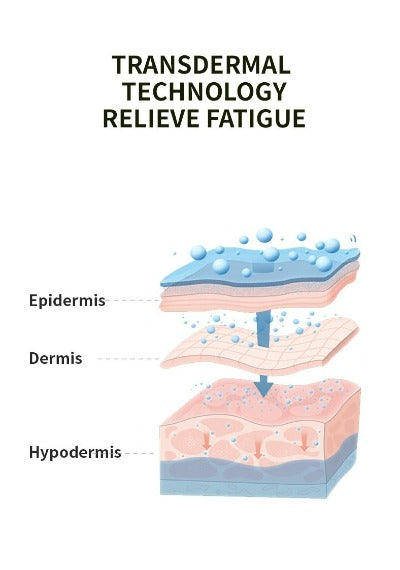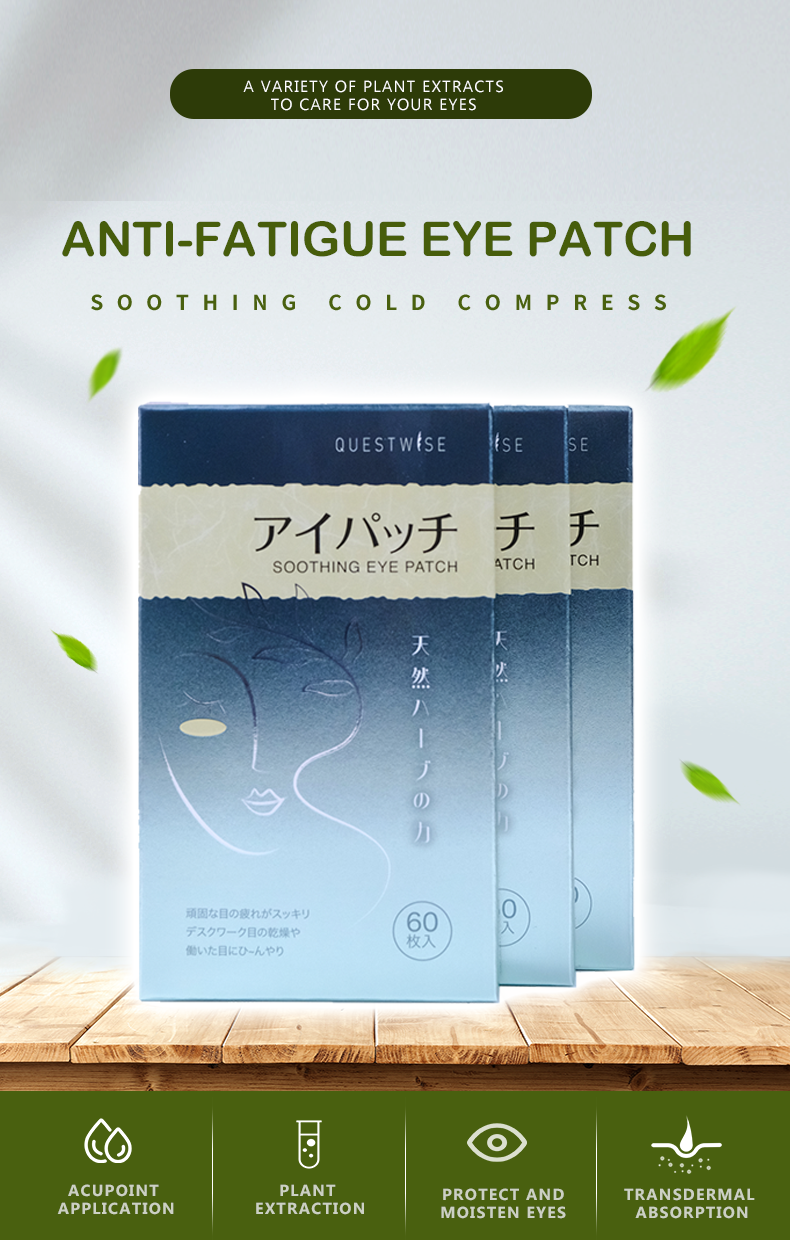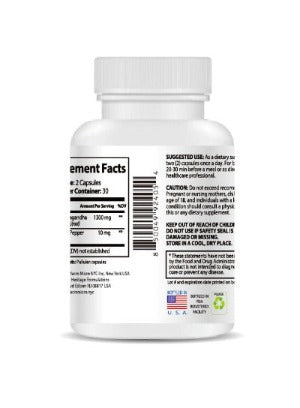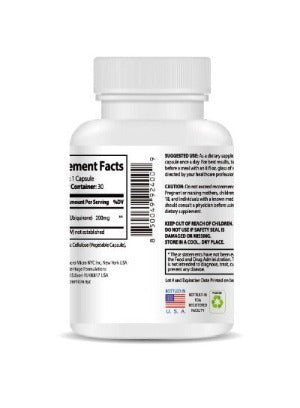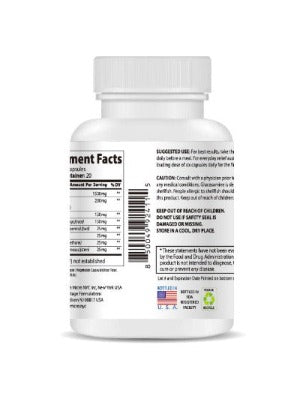Understanding High Eye Pressure: A Comprehensive Guide
High eye pressure, also known as ocular hypertension, is a condition characterized by elevated pressure within the eye. This pressure, normally maintained within a specific and delicate range, is absolutely essential for the health of the optic nerve—the crucial pathway transmitting visual information from your eye to your brain. When intraocular pressure (IOP) remains consistently high, it can gradually damage the optic nerve, potentially leading to significant vision impairment or even blindness. It's crucial to understand that while high eye pressure is a major risk factor for glaucoma, a leading cause of irreversible vision loss, it doesn't automatically mean you have the disease. Many individuals with high eye pressure never develop glaucoma, while others might experience gradual vision loss without ever having significantly elevated IOP. The complex interplay of various factors makes early detection and diligent ongoing monitoring paramount.
The Delicate Balance: Intraocular Pressure and Optic Nerve Health
The eye's internal pressure, or intraocular pressure (IOP), is a result of the continuous production and drainage of aqueous humor, a clear fluid that nourishes the eye's tissues. This fluid is constantly produced by the ciliary body, a structure located within the eye. Normally, this fluid flows out of the eye through a drainage system called the trabecular meshwork. When the drainage system malfunctions or becomes blocked—due to various factors, including aging, genetics, or underlying health conditions—aqueous humor builds up, increasing IOP. This increased pressure can compress the optic nerve, disrupting its function and causing damage over time. The extent and rate of damage depend on several individual factors, including the level of IOP, the duration of elevated pressure, the individual's overall health, and genetic predispositions. Some individuals are simply more susceptible to optic nerve damage from elevated IOP than others.
The Insidious Nature of High Eye Pressure: Often Asymptomatic
One of the most significant challenges in managing high eye pressure is its insidious nature. In the early stages, there are often no noticeable symptoms. The condition often progresses gradually and subtly, making early detection difficult. This is precisely why regular comprehensive eye exams are so critical. Many individuals live with high eye pressure for years without experiencing any vision changes or discomfort. By the time symptoms become noticeable, significant damage may already have occurred to the optic nerve. The lack of early warning signs emphasizes the importance of proactive eye care and regular check-ups.
How High Eye Pressure Affects Your Vision: A Gradual Decline
As the pressure persistently damages the optic nerve, however, you might begin to experience a range of visual disturbances. These changes often occur gradually and subtly, making it easy to initially overlook them. As the condition progresses, however, the visual impairments become more pronounced and disruptive to daily life. Some of the common visual changes associated with high eye pressure and glaucoma include:
- Peripheral Vision Loss: One of the earliest and most common symptoms is a gradual loss of peripheral (side) vision. This loss of side vision can be subtle at first, but it gradually worsens over time. You may notice that your field of vision is becoming narrower, as if you are looking through a tunnel. This peripheral vision loss can significantly impact daily activities such as driving or navigating familiar spaces.
- Blurred Vision: Blurriness can occur intermittently or become a persistent issue as the optic nerve damage progresses. This blurring can affect both near and distant vision. In some cases, the blurring might be mild and only noticeable during certain activities, while in other cases, it can be severe enough to significantly impact daily activities.
- Halos Around Lights: The appearance of halos or rings of light around bright objects, such as streetlights or headlights, can indicate increased IOP and warrants immediate medical attention. This symptom is often associated with increased intraocular pressure and can be a sign of more serious issues.
- Eye Pain or Discomfort: While not always present, pain or discomfort in the eye can be a symptom, particularly in cases of acute or severe pressure increases. The pain might be a dull ache or a sharp, stabbing sensation. If you experience any eye pain, it's crucial to seek immediate medical attention.
- Headaches: In some instances, headaches, particularly those occurring around the eyes, can be associated with high eye pressure. These headaches can be mild or severe and may be accompanied by other symptoms such as nausea or vomiting.
- Difficulty with Night Vision: Reduced ability to see clearly in low-light conditions can indicate optic nerve damage. This difficulty with night vision can make it challenging to navigate in the dark or drive at night.
- Loss of Central Vision (Advanced Stages): In advanced stages, central vision loss can occur, severely impacting daily life and potentially leading to blindness.
It's critical to emphasize that these symptoms are not always present, and many individuals with high eye pressure remain asymptomatic for extended periods. Regular eye exams are therefore essential for early detection and monitoring.
Managing Eye Discomfort and Supporting Eye Health
While professional medical care is absolutely necessary for addressing high eye pressure and managing glaucoma, if present, you can take steps to manage associated eye discomfort and support overall eye health. Incorporating soothing practices into your daily routine can contribute significantly to your comfort and well-being, particularly if you spend long hours in front of screens or engage in activities that strain your eyes. The Wise Quest Soothing Eye Patches offer a convenient and effective way to alleviate common eye issues. These patches, infused with the power of traditional Chinese herbal medicine, provide relief from eye fatigue, dryness, astringency, redness, and swelling—all common complaints exacerbated by digital screen time and other factors. They promote healthy blood circulation around the eyes, helping to reduce discomfort and support overall eye health. The Wise Quest Soothing Eye Patches are a simple addition to your self-care routine that can significantly impact your comfort and provide a sense of relief from eye strain.

Remember, these patches are designed to soothe and support your eye health but are not a substitute for professional medical diagnosis and treatment. Always consult your ophthalmologist or optometrist for any concerns regarding your eye health, especially if you experience any of the symptoms mentioned above. They can provide an accurate diagnosis and recommend appropriate treatment plans.
The Crucial Role of Regular Comprehensive Eye Exams
Regular and thorough eye exams are your best defense against vision loss from high eye pressure and other eye conditions. These exams are not just about checking your vision; they are a crucial part of maintaining your overall eye health. During these exams, your ophthalmologist or optometrist will perform a comprehensive evaluation that includes measuring your intraocular pressure (IOP) using a non-invasive procedure called tonometry. They can also assess the health of your optic nerve using specialized imaging techniques, identify any early signs of damage, and determine the appropriate course of action. Early detection and intervention are absolutely critical for preserving vision and preventing irreversible damage. The frequency of your eye exams will depend on your individual risk factors and overall eye health, but generally, annual exams are recommended for adults, and more frequent exams may be necessary for individuals with a family history of glaucoma or other risk factors.
Risk Factors for High Eye Pressure and Glaucoma
Several factors can increase your risk of developing high eye pressure and glaucoma. Understanding these risk factors can help you take proactive steps to protect your vision. Some of the key risk factors include:
- Age: The risk of glaucoma increases significantly with age, especially after age 60.
- Family History: Having a family history of glaucoma significantly increases your risk.
- Race: African Americans have a higher risk of developing glaucoma than other racial groups.
- Diabetes: Individuals with diabetes are at increased risk of developing glaucoma.
- High Blood Pressure: High blood pressure can contribute to the development of high eye pressure.
- Severe Myopia (Nearsightedness): High levels of myopia are associated with an increased risk of glaucoma.
- Corticosteroid Use: Long-term use of corticosteroid medications, such as eye drops or oral medications, can increase intraocular pressure.
- Other Medical Conditions: Certain medical conditions, such as migraines and cardiovascular disease, are linked to an increased risk of glaucoma.
Being aware of these risk factors enables you to make informed decisions about your eye care and to seek regular professional evaluations to monitor your eye health closely.
Lifestyle Choices and Eye Health
While regular eye exams and professional medical care are essential, adopting a healthy lifestyle can also contribute significantly to your eye health and help manage eye discomfort. Maintaining a balanced diet rich in fruits, vegetables, and omega-3 fatty acids is crucial for overall health, including eye health. These nutrients provide essential antioxidants and support the health of your eyes. Regular exercise improves overall circulation, including blood flow to the eyes, which is essential for maintaining healthy eye tissue. Protecting your eyes from UV exposure by wearing sunglasses outdoors is vital, as UV radiation can damage the eyes over time, increasing the risk of cataracts and other eye conditions. Limiting screen time and following the 20-20-20 rule (every 20 minutes, look at something 20 feet away for 20 seconds) can also lessen eye strain and reduce eye discomfort. Managing stress levels is also important, as chronic stress can negatively impact your overall health, including your eye health.
Conclusion: Proactive Care for Lasting Vision
High eye pressure is a significant concern, but with proactive care and regular monitoring, you can significantly reduce your risk of vision loss. Schedule those regular eye exams, make healthy lifestyle choices, and consider incorporating soothing practices like using Wise Quest Soothing Eye Patches to manage discomfort and support your eyes. Remember, early detection and consistent management are key to protecting your eyesight for years to come. Don't hesitate to consult with your ophthalmologist or optometrist if you have any concerns or questions regarding your eye health. Your vision is a precious gift, and proactive care is essential for preserving it.



